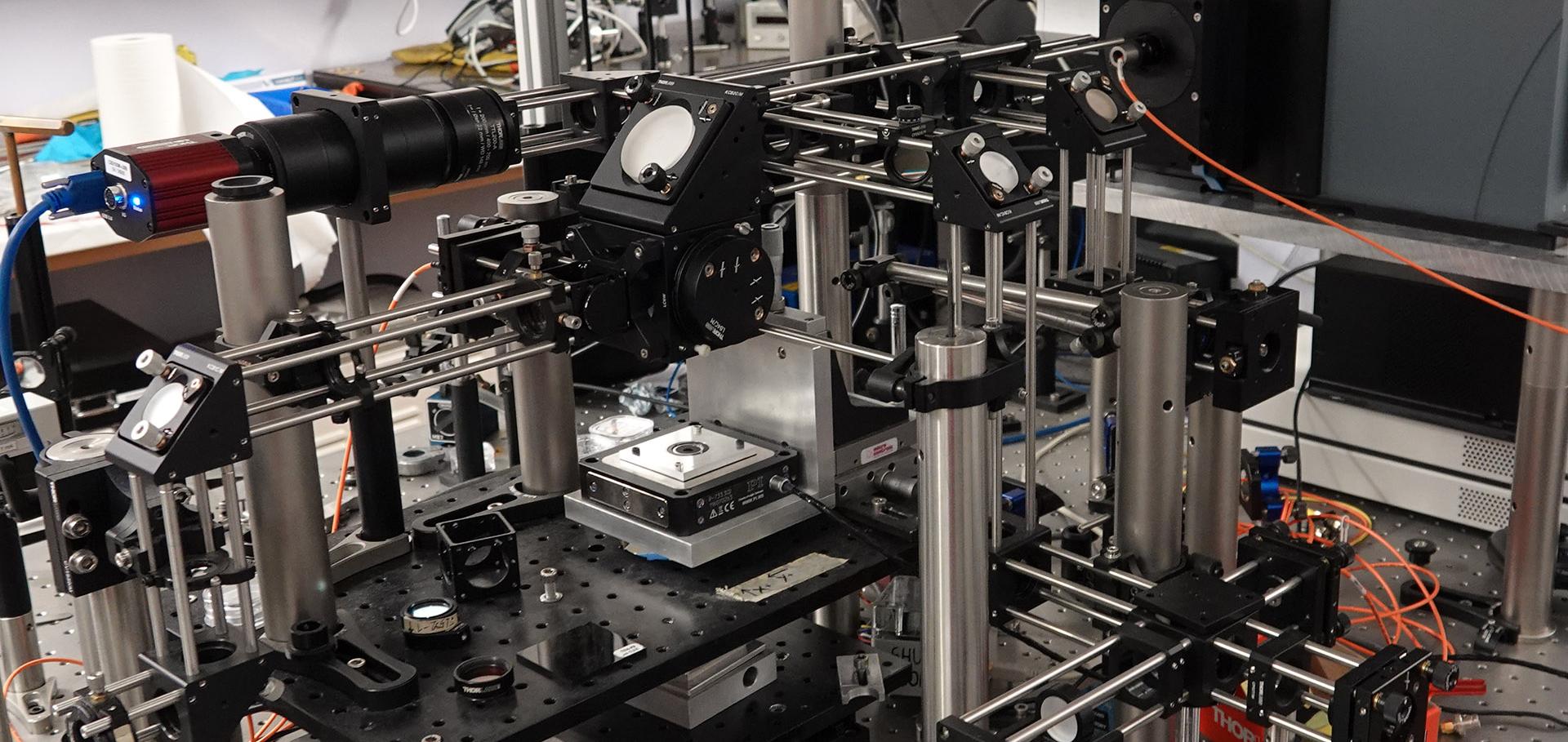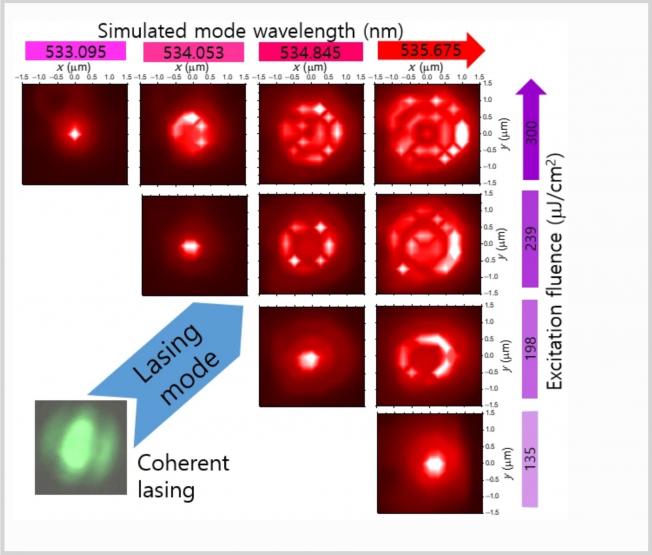Hot carrier relaxation in GaN:LO phonon scattering and excitonic effects
Physica B: Condensed Matter 272:1-4 (1999) 402-405
Abstract:
Hot carrier relaxation has been studied in GaN using femtosecond time-resolved optical transmission and reflection. A non-thermal electron distribution with a pronounced `cut-off' at ELO is observed for up to approximately 3 ps after photoexcitation. Monte Carlo simulations show that this behaviour is due to a remarkably strong electron-LO phonon interaction. Excitonic effects are also pronounced, and strongly influence the dynamics.Hot carrier relaxation in GaN : LO phonon scattering and excitonic effects
PHYSICA B 272:1-4 (1999) 402-405
Abstract:
Hot carrier relaxation has been studied in GaN using femtosecond time-resolved optical transmission and reflection. A non-thermal electron distribution with a pronounced "cut-off" at E-LO is observed for up to similar to 3 ps after photoexcitation. Monte Carlo simulations show that this behaviour is due to a remarkably strong electron-LO phonon interaction. Excitonic effects are also pronounced and strongly influence the dynamics. (C) 1999 Published by Elsevier Science B.V. All rights reserved.Femtosecond Exciton Dynamics and the Mott Transition in GaN under Resonant Excitation
physica status solidi (b) Wiley 216:1 (1999) 57-62
Femtosecond exciton dynamics and the mott transition in GaN under resonant excitation
PHYS STATUS SOLIDI B 216:1 (1999) 57-62
Abstract:
We present resonant femtosecond pump-probe reflectance measurements of excitons in high quality wurtzite GaN epilayers for a range of lattice temperatures and various pump intensities. From the density dependence of the excitonic bleaching we find that the Mott density is n(Mott) less than or equal to 2.2 x 10(19) cm(-3). At 4 K we find that the exciton dynamics is dominated by trapping at defects via acoustic phonon emission on a timescale of similar to 16 ps. At temperatures above 60 K we observe a much longer relaxation component of similar to 350 to 400 ps, which we ascribe to the radiative recombination of free excitons.Hot carrier relaxation by extreme electron-LO phonon scattering in GaN
PHYS STATUS SOLIDI B 216:1 (1999) 51-55



